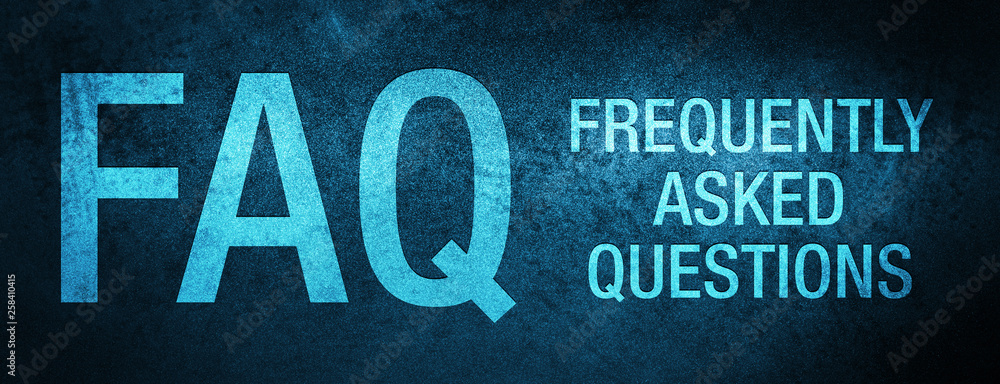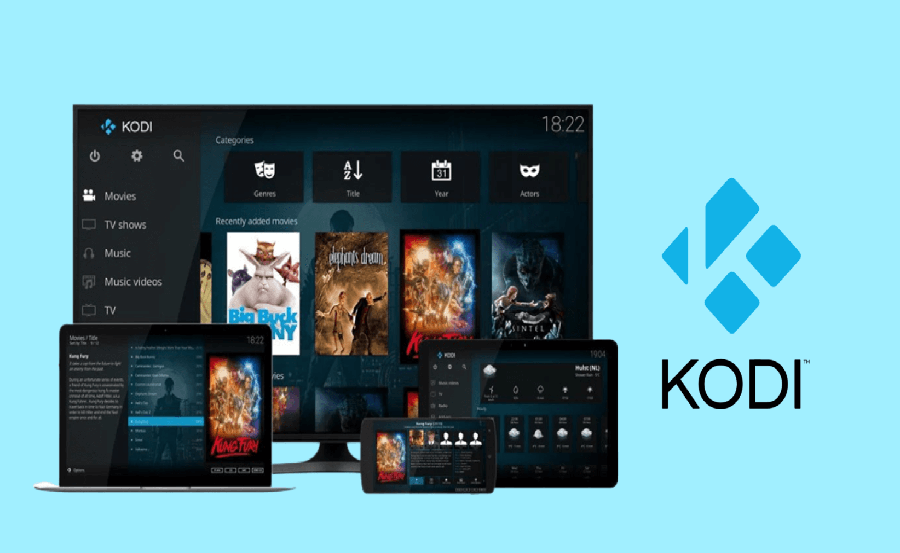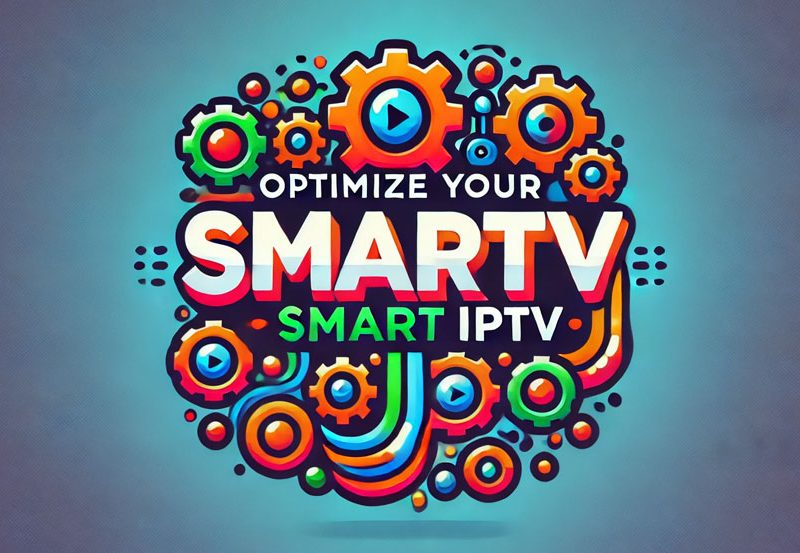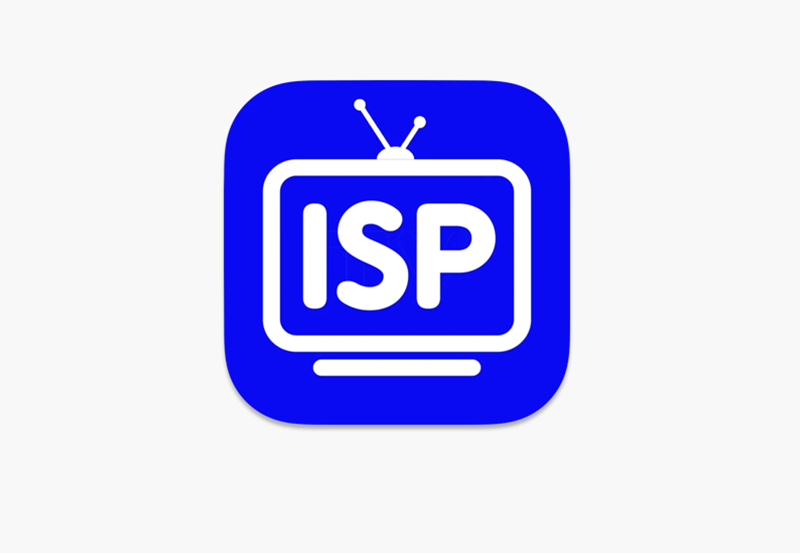In today’s fast-paced world, where convenience and accessibility lead preferences, streaming Live TV has become an integral part of daily life. Unfortunately, there’s nothing more annoying than trying to catch the game or your favorite show only to be disrupted by buffering. Kodi IPTV, renowned for its versatility, provides a potential solution, but only when properly configured. In this guide, we’re going to look into realistic and human-tinged ways to ensure a smooth streaming experience on Kodi without those pesky buffering interruptions.
Understanding Kodi and Its Advantages
Before jumping into solutions, let’s look at what Kodi is and why it’s a popular choice for streaming. Kodi is an open-source media player that can turn any device into a streamer for TV shows, movies, sports, and live television. It’s celebrated for its flexibility and ability to support various add-ons, making it a favorite among users who want customized entertainment options.
The primary advantage of Kodi lies in its adaptability. Unlike traditional cable, it doesn’t restrain you to specific channels or schedules. This freedom is precisely why so many are keen to explore its full potential, including IPTV on Roku, offering a diverse selection of channels straight to your TV.
Quick Suggestion:
Enjoy premium live TV and sports with Xtreme HD UK IPTV, the ultimate subscription for seamless streaming.
The Power of Kodi IPTV
IPTV stands for Internet Protocol Television, and it essentially refers to streaming live television over the internet instead of cable or satellite. Combining this technology with Kodi provides a rich, customizable streaming experience. Yet, even the best systems can suffer without the right setup.
Many users dive into IPTV through the “The Expert’s Guide to IPTV Enjoyment,” hoping for easy setups and flawless streams. However, understanding the mechanics behind IPTV can lead to fewer disruptions.
Challenges of Using IPTV with Kodi
Even with its features, IPTV via Kodi may experience buffering due to several factors. These include:
- Network Constraints: Your internet speed can be a limiting factor.
- Server Congestion: Heavy traffic on the IPTV service or Kodi add-ons can lead to delays.
- Device Performance: Older devices might struggle to handle high-quality streams.
Optimizing Your Kodi Setup
If buffering has you ready to throw in the towel, don’t fret. A few adjustments can transform your experience.
Enhancing Network Connectivity
The first step towards seamless streaming is enhancing your internet connection because the strength of your connection directly affects IPTV performance. Here are actionable tips:
1. Adjust Router Placement: Ensure your router is positioned centrally and elevate it for better signal distribution.
2. Use Wired Connections: An Ethernet cable can offer more stable speeds than Wi-Fi.
Use Quality Add-ons
Choosing the right Kodi add-ons is crucial since poorly managed ones lead to buffering issues. Look for highly-rated options specifically designed for IPTV streaming.
Settings Tweaks and Advanced Options
After fixing the basics, it’s time to look under the hood and make some tweaks that will maximize your setup’s performance.
Adjusting Video Cache Settings
Video cache is a significant element in tackling buffering. Increasing the cache size can allow Kodi to buffer further ahead, which helps in smooth playback.
However, too much adjustment can overflow your device’s memory. It’s a balancing act that often requires some experimentation to get just right.
Utilizing Advanced Settings
Going into the advanced settings can let users customize their system caching and buffering preferences, a necessary step for tech-savvy users looking for the ultimate streaming setup.
Device Optimization Strategies
Your device plays a critical role in your streaming experience. To enhance viewing:
Hardware Upgrades
Sometimes, the problem could be as simple as needing a hardware upgrade. Older devices may not support newer video codecs or streaming resolutions. Consider investing in a more recent device to keep up with content demands.
Freeing Up Device Resources
Clear unnecessary files and apps that could overuse your device’s CPU and RAM, which are needed for processing streams effectively.
Mastering Live TV Streaming on Roku
Roku is increasingly popular as a streaming option, making it crucial to know how to integrate IPTV on Roku effectively without hiccups.
Roku-Specific Tips
1. Ensure your Roku device is on the latest firmware to take advantage of the newest features and performance tweaks.
2. Look for Kodi-compatible IPTV apps available on Roku, which offer a smoother streaming layout and better reliability.
Leveraging the Community
Don’t hesitate to tap into community forums or expert guides dedicated to enhancing the IPTV experience on Roku. There’s always someone who has faced and solved similar challenges.
Circumventing External Disruptions
Let’s face it, not every factor affecting streaming quality is within our control. Understanding how to deal with external disruptions is essential.
ISP Throttling
Your Internet Service Provider might intentionally slow down streaming traffic. Solutions like using a reliable VPN can protect against throttling and ensure smooth streams.
Seasonal Traffic Variations
Be mindful of peak times when internet traffic is high. Planning your viewing during off-peak hours can make a notable difference.
Monitoring IPTV Servers
Stay updated on the status of your chosen IPTV service. Server maintenance or downtime often contributes to streaming disturbances.
Frequently Asked Questions (FAQ)

How can I stop Kodi IPTV buffering?
Begin by ensuring your internet connection is stable and strong. Use quality Kodi add-ons and adjust the video cache size in
settings. Additionally, optimize your device or consider upgrading if it’s outdated.
Can an older device handle IPTV on Roku effectively?
While older devices can work, they may struggle with newer IPTV technologies or high-definition content. Upgrading to a device with better capabilities is recommended.
Is using a VPN necessary for IPTV streaming?
Though not mandatory, a VPN can be useful to bypass ISP throttling and safeguard against privacy invasions. It can enhance streaming performance in some cases.
What should I do if my IPTV service is down?
Check the official website or forums of your IPTV service for announcements on maintenance or downtime. Having alternative services as a backup can help during these periods.
Why isn’t my Kodi add-on providing reliable streams?
It could be an issue with the add-on itself. Try updating it or switching to a different add-on with better reviews and maintenance history.
Are Ethernet cables better for streaming than Wi-Fi?
Typically, yes. Ethernet cables provide a more stable and fast connection compared to Wi-Fi, reducing the chances of buffering.
How do seasonal traffic variations affect IPTV?
Internet usage spikes during certain periods, like evenings and holidays, causing congestion and possible buffering in IPTV services. Scheduling usage during less busy times can improve performance.
Understanding Perfect Player’s Features for IPTV on Android





